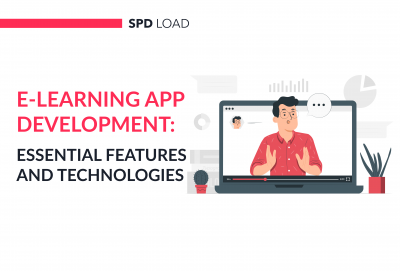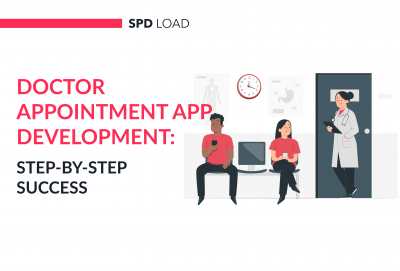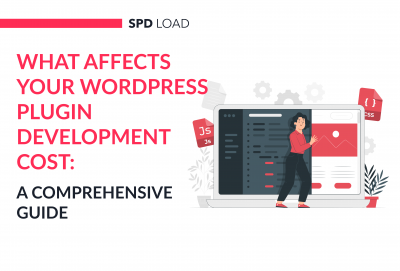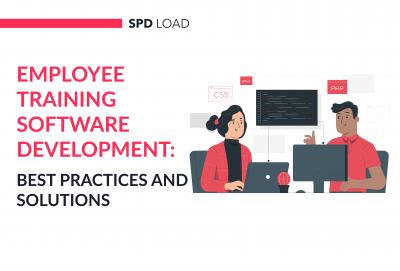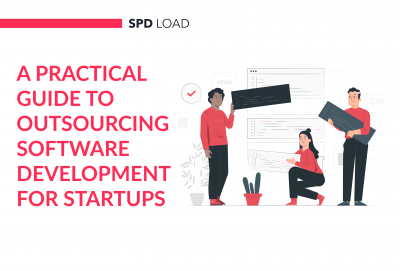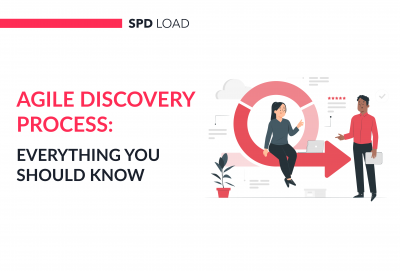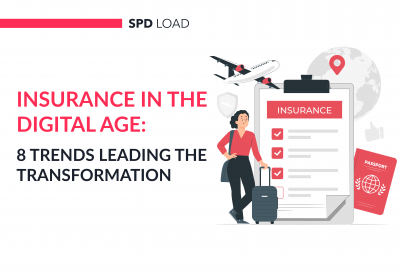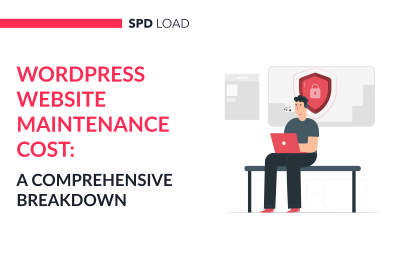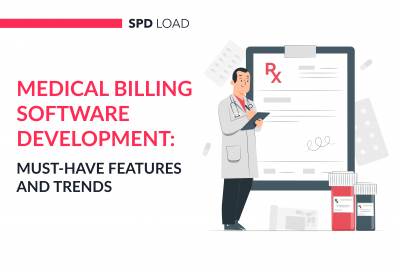Email Marketing for Startups: Strategies and Tips for 2024
- Updated: Aug 27, 2024
- 7 min
Today’s startups operate in a crowded marketplace. With constant change and intense competition for limited customer attention, startups must leverage creative marketing to maximize return on investment.
Email marketing provides a strategic opportunity for resource-constrained startups aiming for rapid growth. As more entrepreneurs pursue startups, email delivers a proven channel to cost-effectively engage users and drive viral growth.
This guide shares insider tips and current best practices for startup email marketing success:
- Grow your subscriber list
- Create captivating campaigns
- Optimize for engagement
- Avoid common mistakes
Follow our playbook to make email marketing a growth engine for your startup this year.
Discover how to take your business worldwide with these 6 tips to help your startup gain global recognition.
Get your startup noticed with custom templates that grab attention and get you more customers.
Benefits of Email Marketing for Startups
You are now probably questioning why do you need email marketing for your start-up?
Let’s take a look at all the benefits email marketing can bring to your business:
- Delivers better brand recognition.
- Builds your online business reputation.
- Develops client relationships and customer loyalty, usually long-term.
- Reaches a wide and broad target audience.
- Increases conversions.
- Drives sales and boosts revenue.
- Grows web traffic.
- Considered as the most cost-effective digital marketing strategy.
Seems like a lot of benefits, right?
If you are now convinced to include emails in your marketing strategy, we have a full guide prepared that will help you achieve the best results and grow your start-up.
Creating an Email Marketing Strategy for Startups
Before you send your emails, make sure you understand email trends.
It’s important to have your research done and tactics set in place, otherwise, you might not be able to achieve the results wanted.
You should also focus on creating strong passwords and ensuring email security for the long term.
Take a look at the following tips and start developing your email marketing campaigns and use a password checker to be sure, that you’ve done well.
Before You Get Started
To create your email marketing campaigns you will need a great email marketing tool to ease your job and help your emails to be effective.
Sender enables you to keep in touch with your customers quickly, and easily and grow your business by being cost-effective.
You will be able to access the email templates library, and analytics, enjoy high deliverability once you send your newsletters and benefit from all the great email creation tools available.
Step 1: Build Your Email List
To start with, your start-up needs to establish the right audience.
Create an email list that will look like a library of email addresses that you have collected over time.
To gather them, you may want to use your website, blog, social media, or any other marketing channel.
You can use Clearout Email Finder to find pre-verified email addresses of prospects with AI-based confidence scores against each email being found or check the credibility of your own list with an email verification tool.
By finding email addresses you will be able to approach people who are genuinely interested in your product or service.
Once you have a list of potential customers, make sure you segment them based on their needs and demographics.
It will help you to approach them in a way they would be keen to open your cold email.
Segmentation will not only help to increase the clicks on your email but also will help you to develop a relationship with your customers as you will only send them content that is relevant and appropriate.
Step 2: Set Goals for Your Email Campaigns
It is important to set specific goals, so you would be able to evaluate the effectiveness of your email campaign.
This could include things such as a sales and revenue increase, website traffic growth or subscription list improvement.
Once your objectives are set, you are able to create content that will make these goals a success.
Do not forget that your audience needs engaging content that provides value such as promotional offers, exclusive collections or any other segmented information that is relevant to your potential buyer.
You can also consider partnering with an email marketing agency that can help create compelling and personalized messages to deliver this valuable content directly to your potential buyers’ inboxes.
For a quick win in your marketing efforts, explore these 7 easy and effective email template strategies to generate more leads.
Step 3: Choose Your Email Frequency
Your email marketing newsletter frequency depends on the type of content you are sending out.
Since your email needs to be informative and valuable it might take you some time to produce the content which will have high click-through rates.
However, if your objectives involve sales and revenue increase, you may want to send some promotions and offers more frequently to increase purchases.
When it comes to selecting the right time to send your email, you should consider the demographics of your target market.
The best way to find out the greatest timing is by testing and evaluating the results.
However, bear in mind that if your content is unexciting, it might reduce your subscribers’ list.
On the other hand, if you send your newsletters rarely, you might lose touch and relationships, so make sure you find the perfect time and frequency that would work efficiently for your start-up.
Step 4: Avoid Getting Flagged as Spam
If your company’s emails are constantly marked as spam by many recipients, your emails will no longer be able to reach large numbers of people.
That is why the establishment of the right frequency and timings might help.
You will be able to detect email spam and prevent it, plus any further inconveniences it might cause.
Also, try to avoid ‘spammy’ words and phrases that might make your subscriber send you to spam without even reading the content in your newsletter.
Attempt to avoid trigger words such as shopper, clearance, order, earn/make $, online biz opportunity, claims, cash, stock alert, etc.
Another reason why your emails may go to spam is “no DMARC record found” error.
Regularly check your DMARC reports to make sure the domain security is on point.
Email Content Tips for Startup Growth
Once you have clearly established your marketing goals, objectives, collected the list of potential customers which you can approach and decided on the frequency.
It is time to think of ways to improve your newsletters and make the content that is worth checking out.
Here are a few ideas on how to engage your subscribers:
Use Catchy Subject Lines
It is the first thing your recipient will see so make it count!
You can use the subscriber’s name to attract attention or add relevant emojis to your subject line to make your email more compelling and interactive.
Besides that, it has been proven that emojis are increasing the opening rates, so why don’t you try to use one for your next email newsletter?
Check for some further inspiration and guidance on the subject lines here.
Personalize Your Newsletters
Personalizing your emails to meet your consumers’ needs has proven to be effective when it comes to opening rates, click-throughs and call-to-action.
With developed customer segmentation, you will have a chance to increase your brand loyalty, enhance the customer experience, create relationships, improve customer retention, and boost your sales and revenue.
The benefits of well-prepared personalized email are very valuable, so you may want to treat your subscribers with content that will be specifically designed for them.
Consider sending special offers, promotions, abandoned cart reminders, testimonials, surveys, and messages that are individual to each recipient and have better chances of being opened.
If you are out of ideas, you might want to check some newsletter templates that will provide you with some great content options.
Find the best TypeScript developers for your project.
Optimize for Mobile Readers
Mobile devices are taking a huge part in everyone’s lives.
Consumers tend to use mobile phones for everything, including emails.
46% of all opened emails are coming from mobiles, so there is a huge opportunity here.
Create newsletters that will look nice and attractive not only in a desktop version but in a phone too.
With the help of mobile marketing, you will also be able to collect valuable data which will allow you to target your audience effectively and segment them further by considering more demographic details.
You will be able to create your buyer personas and approach them with more appropriate, customized content and messages.
TL;DR
We have now covered the basics which will help your start-up get into the world of email marketing and enjoy its benefits. You will be surprised how effective it can be if done right.
Do not waste your chance to boost your start-up brand to a whole new level by applying some of the suggested strategies and tips.
Let’s recap the most important parts of email marketing:
- Building your email list is a priority. Collect the email addresses via website, blog, social media or any other marketing channels and approach them with engaging newsletters to promote your services or products.
- Make sure you set some clear objectives on what outcome you are trying to achieve here. Establish it and create campaigns that will help you to reach those goals.
- Decide on the timing and frequency of your newsletters. Make sure you do not overload your audience and at the same time do not leave them hanging there for a long time.
- Prevent going to spam by evaluating the best times and frequency to send the newsletters.
- To engage your target market from the very first sight, use attractive subject lines. Consider personalization and emojis.
- Customise your newsletters by segmenting and targeting different audiences and creating the personalized content they will love.
- Make sure your newsletter can be viewed on a mobile device. Due to an increase in mobile usage, people tend to check their emails on their phone, so use this chance to reach your audience and increase the opening rates.
Don’t forget, to successfully implement emails for your start-up, you will need a great email marketing tool.
Launch Email Marketing the Right Way
Email marketing provides a valuable channel for startups to reach users.
As you plan your startup’s email marketing, tap into our expertise in product discovery service and app development.
Our talented teams can help you:
- Identify market opportunities and high-value user segments
- Build custom software to integrate email through your product
- Develop the technical infrastructure to manage email campaigns at scale
- And more!
Contact us to discuss how we can engineer the technology and infrastructure to make your startup’s email marketing successful.



